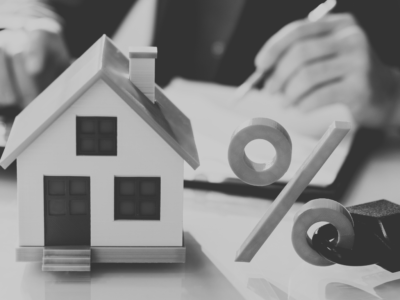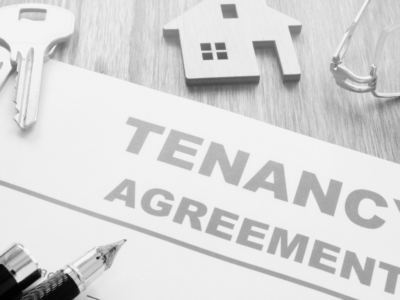Climate change is a pertinent issue that every industry must respond to.
The property sector is no exception – nor, by extension, is the bridging market.
It is estimated that 40% of the UK’s carbon is emitted by households, reflecting the need for residential properties to ‘go green’.
The question, of course, is how to achieve this.
Landlords must take note
By 2025, rental properties will have to abide by a new minimum Energy Performance Certificate (EPC) rating, which determines the energy efficiency of buildings.
Indeed, to make the necessary changes, many landlords will have to carry out significant renovation on their properties to meet the new standards.
For some, this will be a simple task; for others, there will likely be serious questions about what improvements to make and importantly, how to finance them.
There are two key areas in which landlords can improve the energy efficiency of a property and at the same time, boost its potential profitability.
The first is electricity usage, especially when it comes to lighting and boilers.
A simple switch from old, inefficient lightbulbs to Energy Star rated LED bulbs can reduce energy consumption by 75%, and they last up to 25 times longer.
As such, energy bills will likely fall for tenants, while the landlord will have to worry less about the maintenance of light fittings.
The same is true of boilers.
New condensing boilers can be as much as 34% more efficient than old boilers and can reduce fuel bills by 30%.
Spare parts and repairs for older boilers are also likely to increase in price – making an old boiler a potentially costly asset.
Encouragingly, 15% of renters say they would pay more rent for a new boiler and heating system, reflecting both the demand and profitability of sustainable homes.
The second area is insulation.
Better insulation within a property will limit heating needs, which account for up to 40% of a renter’s yearly budget.
By simply insulating the walls, landlords can expect to reduce the amount of energy used to cool or heat their properties by around 25%.
Better insulation of a property’s windows also allows landlords to charge a higher rent and increases the value of the property, in fact, 18% of renters say that they would pay more if their windows were more efficient.
The secondary effects of better efficiency and insulation can decrease the maintenance needed on a property.
For example, a better insulated home is far less vulnerable to mould. As such, landlords could consider renovating in these areas prior to the regulatory changes, as it can generally improve the profitability of the property.
Adapting quickly
2025 might appear to be in the distant future but there is little time to waste.
There are many reasons why landlords might not want to start renovation projects in the current climate and making the necessary adaptations can be a costly and disruptive task.
However, there are some significant incentives for adapting property early.
Like previous sustainability initiatives, such as solar panel installation, early adopters of greener practices are more likely to get government assistance with their renovations.
Indeed, the government will make grants of up to £5,000 available to landlords who are willing to embrace lower-carbon boilers and heating systems from April 2022.
For landlords looking to sell in the next three years, properties with C ratings or higher are selling for 2.7% more than less sustainable properties.
As such, property investors can achieve a positive return on investment from energy efficiency improvements.
The bridging sector can respond
There are a variety of ways in which the bridging industry can limit the extent of ‘eco-privilege’.
As always, flexibility is key.
For example, a landlord who buys an EPC rated property of D or lower, at auction perhaps, could use a bridging loan to pay for sustainability renovations on the property before applying for a mortgage.
As a result, they will be able to access the favourable rates of ‘green’ mortgages.
Furthermore, MFS can supply second charge loans for landlords who are able to borrow more on top of an existing loan, allowing them to quickly access finance and begin renovations in a timely manner.
Conversely, for those who cannot afford to renovate on top of their mortgage, a bridging loan could be used to free up capital to make necessary home improvements.
As outlined above, a property typically increases in value and profitability when renovated to meet sustainability targets, and as environmental issues grow in importance, it is likely that the demand for environmentally friendly rental properties will rise.






















Comments